I m trying to obtain a threshold of the calibration chessboard. I cant detect directly the chessboard corners as there is some dust as i observe a micro chessboard. I try several methods and HoughLinesP seems to be the easiest approach. But the results are not good, how to improve my results?
import numpy as np
import cv2
img = cv2.imread('lines.jpg')
gray = cv2.cvtColor(img,cv2.COLOR_BGR2GRAY)
edges = cv2.Canny(gray,50,150,apertureSize = 3)
print img.shape[1]
print img.shape
minLineLength=100
lines = cv2.HoughLinesP(image=edges,rho=0.02,theta=np.pi/500, threshold=10,lines=np.array([]), minLineLength=minLineLength,maxLineGap=100)
a,b,c = lines.shape
for i in range(a):
cv2.line(img, (lines[i][0][0], lines[i][0][1]), (lines[i][0][2], lines[i][0][3]), (0, 0, 255), 3, cv2.LINE_AA)
cv2.imwrite('houghlines5.jpg',img)
As you can see on figure below, i cant obtain my chessboard, the lines are plotted in a lot of directions... (the original picture : https://s22.postimg.org/iq2b91xq9/droite_Image_00000.jpg)



